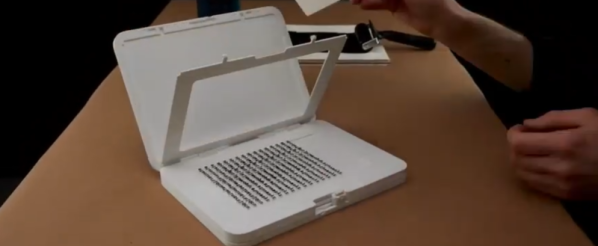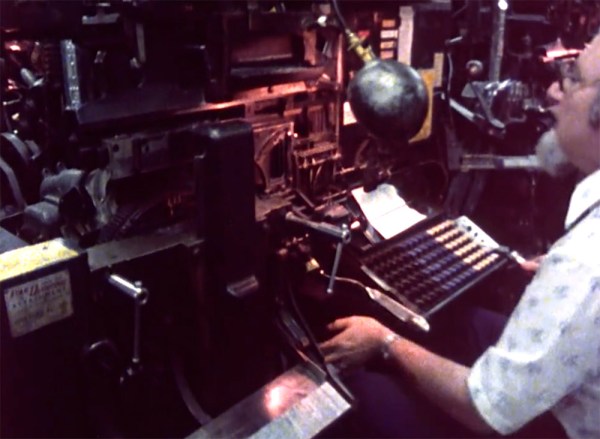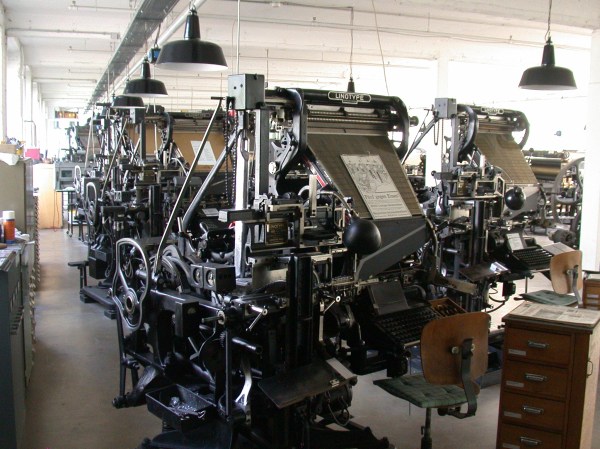The printing press was first invented in 1440 AD by Johannes Gutenberg. It’s not so relevant to our day to day lives today, but it’s a technology that forever changed the path of human history. Now you can whip one up yourself using this teeny design from the [3DPrintingEnthusiast]!
Don’t expect to be making broadsheets with this thing—it’s a strictly table-top sized unit made on a 3D printer. Still, it does the job! The bed, frame, paper holder, and clamps are all 3D-printed. However, you will need some minor additional supplies to complete the carriage and inkballs.
As for your printing plates, you could go out and source some ancient lead type—or you could just 3D print some instead. The latter is probably easier if you’re living in 2024 like yours truly. Who knows, though. 2028 could be a banner year where printing presses roar back to prominence. Try not to think about the global scale disasters that would make that a reality.
In any case, there’s got to be some kind of irony about 3D-printing a printing press on a 3D printer? Perhaps, perhaps not. Debate it below!
















